Contents:
- CEA sees growth rebounding to 6%
- WHO declares coronavirus outbreak a global emergency
- Crop dusting with drones is illegal, says Centre
- Needed: fewer regulations for startups
- A chance to chart China-like export trajectory
- Thalinomics: the formula behind one square meal
- Budget 2020: Archaeological Sites set to be developed
CEA SEES GROWTH REBOUNDING TO 6%
Why in news?
The economic survey expects GDP growth to revive from the 5% estimated or this year to a range between 6%-6.5% next year.
To make a point about how being pro-crony is different from being pro-business, the Survey refers to the gains made unfairly by stocks of connected companies before the CAG report on the 2G spectrum allocations came out in 2011, again rejuvenating UPA-era malfeasance memories.

WHO DECLARES CORONAVIRUS OUTBREAK A GLOBAL EMERGENCY
- The last time WHO declared a global health emergency was in 2019 for the Ebola outbreak in eastern Congo that killed more than 2,000 people.
- The WHO declares a Public Health Emergency of International Concern when there is “an extraordinary event which is determined… to constitute a public health risk to other states through the international spread of disease.”
- The agency also declared global emergencies for the 2016 Zika virus, the 2009 H1N1 swine flu, and the 2014 polio and Ebola outbreaks.
What does it mean?
- Countries are reminded that they are legally required to share information with WHO under the IHR.
- Any detection of 2019-nCoV in an animal (including information about the species, diagnostic tests, and relevant epidemiological information) should be reported to the World Organization for Animal Health (OIE) as an emerging disease
- All countries should be prepared for containment, including active surveillance, early detection, isolation and case management, contact tracing and prevention of onward spread of 2019-nCoVinfection, and to share full data with WHO.
- Countries must inform WHO about any travel measures taken. Countries are cautioned against actions that promote stigma or discrimination, in line with the principles of Article 3 of the IHR.
CROP DUSTING WITH DRONES IS ILLEGAL, SAYS CENTRE
Why in news?
Use of drones for agrochemical spraying had increased of late. This would create a lot of problems.
What are problems?
Aerial spraying impacts a larger area, while decreasing the efficacy on the target pests.
Eg. Kasargod in Kerala reeling under such impact due to aerial spraying of Endosulfan for over 25 years
The Insecticide Act does not allow aerial spraying. Drones and unmanned machines can be hazardous tools for spraying hazardous chemicals in many ways. Allowing aerial spraying, using drones and unmanned, remote controlled vehicles can be catastrophic,
NEEDED: FEWER REGULATIONS FOR START-UPS
India needs to work on improving the ease of doing business, especially the ease of starting business, registering property, paying taxes, or enforcing contracts, according to the Economic Survey.
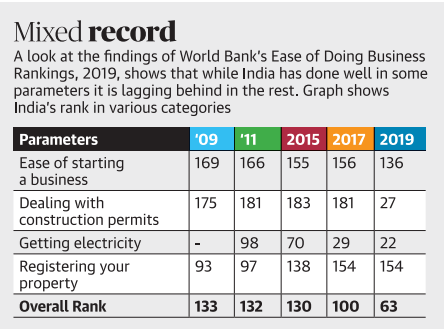
Cumbersome norms
“If you want to start up a firm in India, it takes 18 days on an average with 10 procedures that can be often cumbersome. If we contrast it with New Zealand, which is the best in business, it takes half a day to fill up one form
A CHANCE TO CHART CHINA-LIKE EXPORT TRAJECTORY
Why in news?
The Economic Survey says India has an unprecedented opportunity to chart a China like, labour Intensive, export trajectory by integrating “Assemble in India for the world” into the Make in India policy and thus can raise its export market share to 3.5 % by 2025 and 6% by 2030
THALINOMICS: THE FORMULA BEHIND ONE SQUARE MEAL
For the average worker in India’s organised manufacturing sector, the affordability of a plate of vegetarian food — comprising rice or roti, dal and sabzi has improved 29% since 200607, according to Thalinomics, a take on the economics of food by the Economic Survey. For non-vegetarians, affordability has risen 18%.
BUDGET 2020: KNOW ABOUT THE ARCHAEOLOGICAL SITES SET TO BE DEVELOPED
Rakhigarhi, Haryana
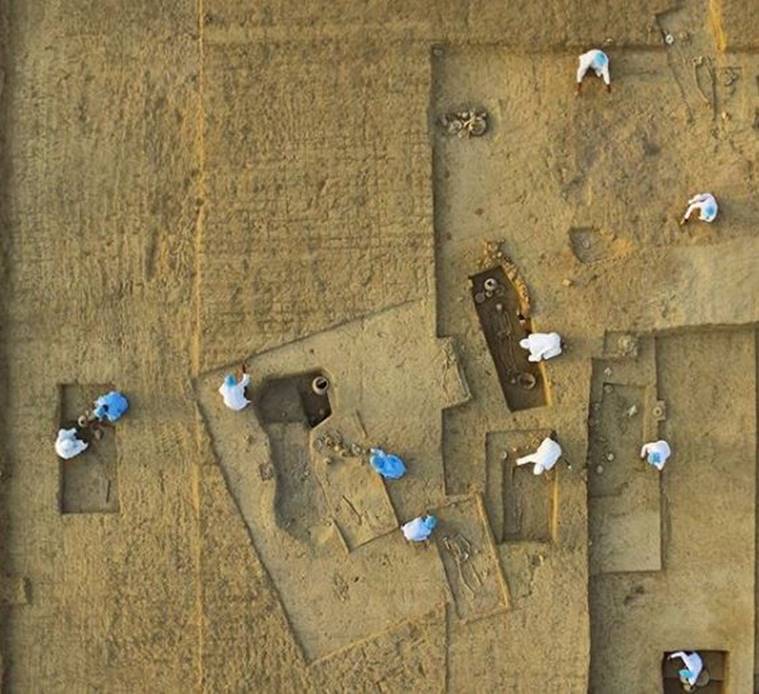
- Pre-Harappan Civilisation settlement, and later a part of the ancient civilisation itself, between 2600-1900 BCE.
- What are found?: Remnants of a planned township with mud-brick houses and proper drainage system, along with terracotta jewellery, conch shells, vase and seals, things the Harappans were known for.
Hastinapur, Uttar Pradesh
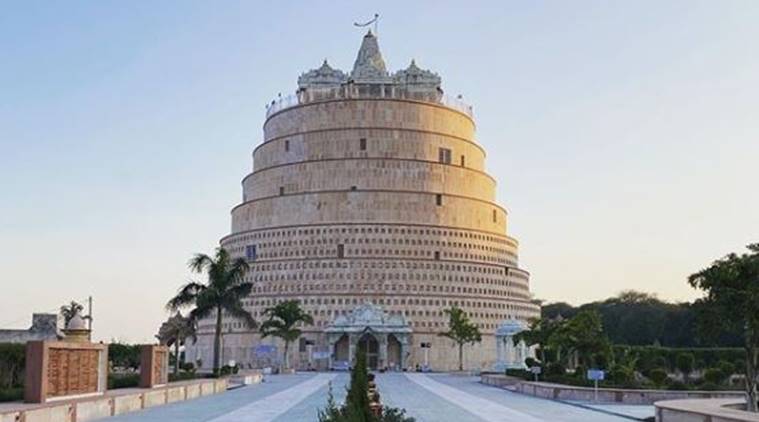
- We know Hastinapur as the ancient capital city of Pandavas and Kauravas from the epic Mahabharata.
- Excavations at Hastinapur reportedly began in 1950-52
- What are found?: Arrows, spearheads, shafts, tongs, hooks, axes and knives, amounting to about 135 iron objects.
- Shri Digamber Jain Bada Mandir is one of the oldest temples at the site, among others like Jambudweep Jain temple, Shwetambar Jain temple, Prachin Digambar Jain Temple and Astapad Jain Temple.
Sivasagar, Assam
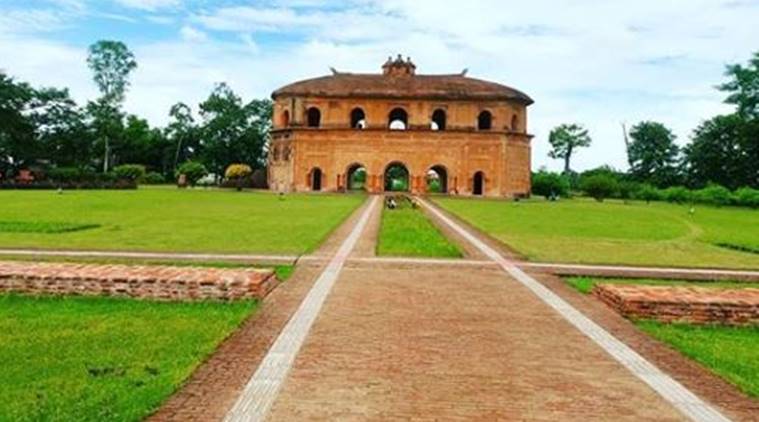
- This place used to be the capital of the Ahom kingdom from 1699-1788, and was formerly called Rangpur.
- The province was later conquered by the British.
- Guwahati Circle Archaeological Survey of India mentions excavations conducted at the Karenghar (Talatalghar) complex, the citadel of Ahom power.
- What are found?: Structural remains of pathways, long walls, terracotta pipes for drains, vase, and vessels, to name a few. The other important historical site is Rang Ghar, an amphitheatre for the Ahom kings, known to have been used for enjoying sports.
Dholavira, Gujarat
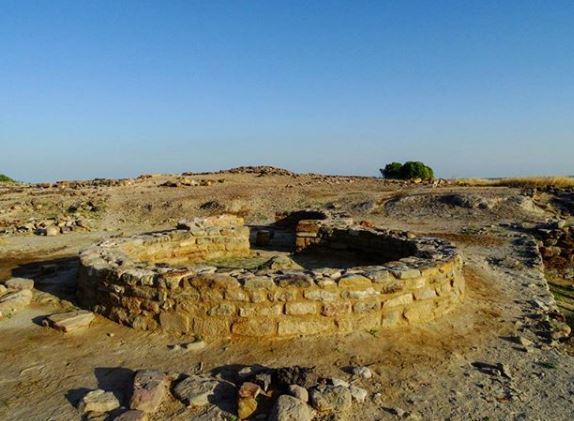
- Ruins of the Harappan civilisation
- Deemed the fifth largest Harappan site
- What are found?: Artefacts excavated range from terracotta items and seals to urns and copper ornaments. About 10 large stone inscriptions have also been found at the site, written in Indus Valley script
- Most importantly, it has one of the world’s earliest water conservation systems–a rainwater harvesting system–ever excavated
Adichanallur, Tamil Nadu
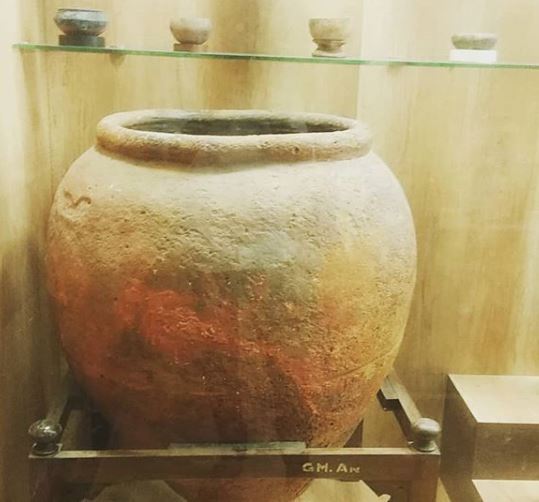
- This is an archaeological urn-burial site in the Thoothukudi district
- The objects yielded by these burial sites are finely made pottery of various kinds in great number; many iron implements and weapons; vessels and personal ornaments in bronze; a few gold ornaments; a few stone beads; bones; and some household stone implements used for grinding curry or sandalwood, besides the excavated urns which reportedly contained “complete skeletons”.



